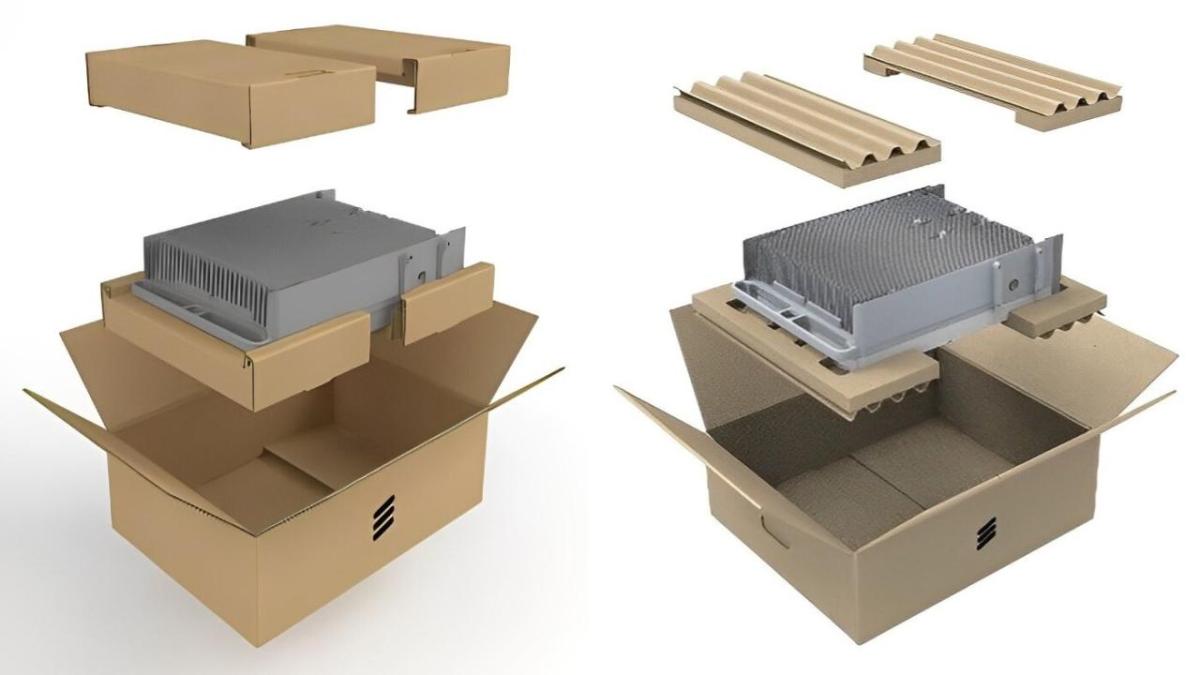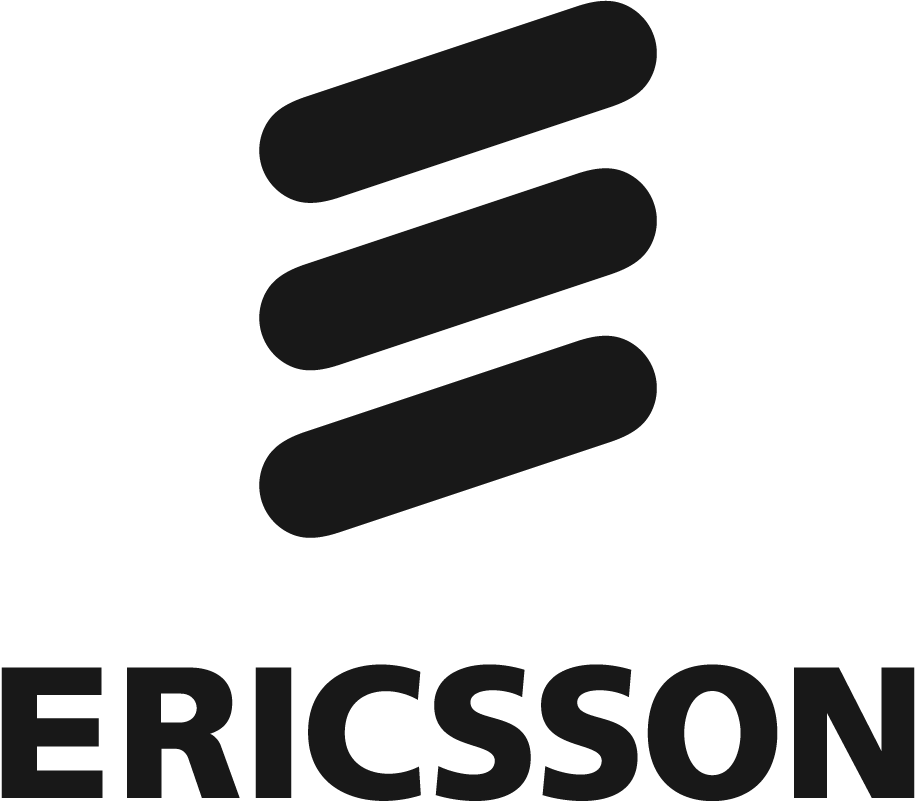Ericsson Drives Sustainability Improvements in Supply Chain With Plastic-Free Packaging

Originally published by Ericsson.
- The new packaging materials designed for Ericsson Remote Radio products are fully recyclable and reduce total plastic content from 20 percent to less than one percent
- Ericsson partners with Deutsche Telekom and Swisscom for initial tests of the packaging solution, with the goal of expanding its use to more products and roll out to more customers
- The project is in line with Ericsson’s sustainability strategy and contributes towards the goal of the company to achieve Net Zero across its value chain by 2040
The design team at Ericsson (NASDAQ:ERIC) in Stockholm has created a sustainable packaging solution for shipping Ericsson Remote Radio products, transitioning from oil-based plastics to wood fiber materials for the packaging inserts.
The goal of the sustainable packaging design project is to reduce the environmental impact of Ericsson’s packaging while securing efficiency in production, logistics and disposal as well as eliminating the risk of contributing to ocean plastic pollution.
The new inserts are fully recyclable and reduce the total plastic content of the packaging from 20 percent to less than one percent. An anti-abrasion coating applied to the wood fiber material also means Ericsson can remove the plastic bag normally used to protect the product surface. The remaining plastic content is the tape used to seal the outer package.
Designing *plastic-free packaging for heavy-duty electronic products (in this case typically weighing between 24-36kg) requires an innovative approach. Working with two suppliers, Nefab and DS Smith, Ericsson has developed two designs that incorporate the new materials while retaining the high structural integrity required to protect the product during shipping.
Mats Pellbäck Scharp, Head of Sustainability at Ericsson, says: "Packaging is part of our supply chain target of halving emissions by 2030, and removing plastics contributes to our climate and other environmental ambitions. The Ericsson design team has shown that it is possible to remove plastics from packaging for complex and heavy telecom gear while maintaining essential product protection."
Saskia Günther, Head of Corporate Responsibility, Swisscom, says: "Swisscom has ambitious climate targets and is therefore working across the entire value chain to enable reductions - including, for example, the packaging of its own products and those of our partners. Collaboration with key suppliers has a special role to play here, not only to improve our own climate footprint, but also to accelerate the transformation across the ICT industry."
Melanie Kubin-Hardewig, Head of Corporate Responsibility at Deutsche Telekom says: "Deutsche Telekom has set ambitious circularity goals for 2030. We focus on the entire lifecycle of our products and everything we buy from our technology suppliers. We have already taken out all single-use plastics in the packing of our own ‘T’-branded devices. The collaboration with our technology suppliers on innovative ways of sustainable packaging is therefore an essential next step."
In addition to eliminating plastics and being fully recyclable, calculations show that the carbon dioxide equivalent (CO2e) impact of the new packaging from cradle to grave reaches a balanced or better result compared to existing solutions.
The global effort to reach Net Zero and new legislation and taxes on plastic packaging (initially in the EU, Canada and India) will require an industry-wide shift in the types of materials used in global supply chains.
Ericsson hopes that following the successful trials with Swisscom and Deutsche Telekom, executed by its COSMOTE subsidiary in Greece, the new packaging solution will be rolled out to more customers in the coming months, as well as expanded to cover more hardware products in the future.
The plastic-free packaging initiative is part of Ericsson's sustainability strategy, which includes the objective to achieve Net Zero across the company's entire value chain by 2040. Circularity is an important tool for this goal, but also in making sustainable material choices.
NOTES TO EDITORS:
*The sustainable packaging solution has 99 percent fiber-based materials, facilitating recycling and reducing plastic waste in our supply chain. The 100 percent corrugated inserts reduce the packaging size by 15 percent and 20 percent, respectively compared to conventional plastic inserts.

